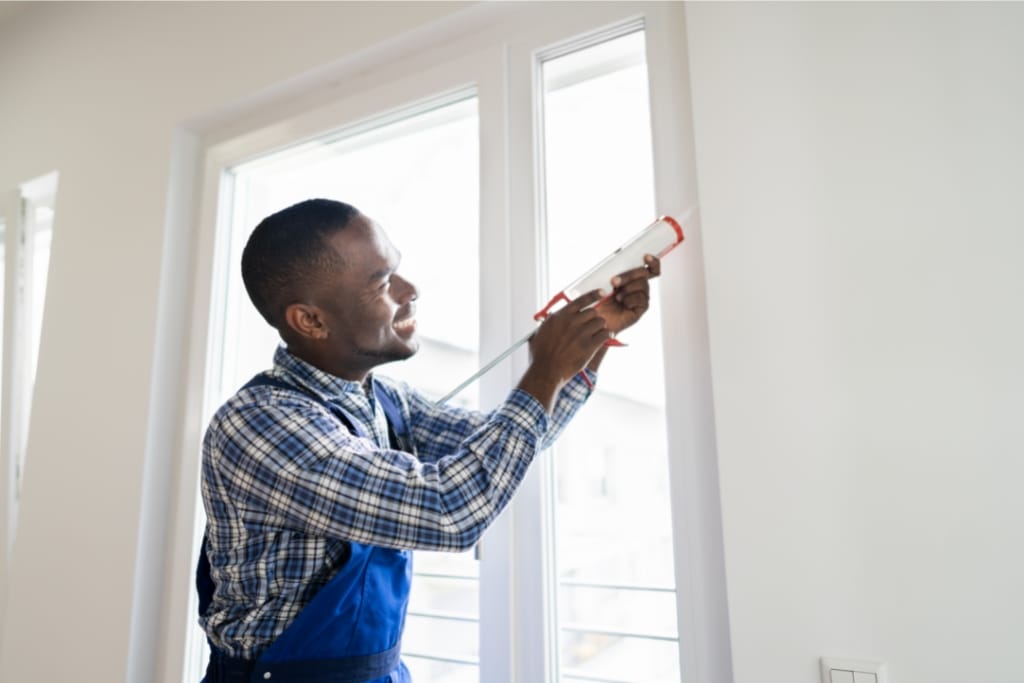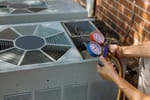When winter comes around, staying warm and cozy indoors becomes our primary concern.
However, sky-high heating bills and the thought of wasting precious energy can dampen our spirits.
Insulating your home properly not only keeps your home warmer but also helps save you money and contributes to environmental conservation.
This article will provide you with five ways to insulate your home effectively, from the simplest and most affordable methods to more extensive insulation projects.
1)) Seal Gaps and Cracks
Before you start shopping for insulation materials, it is important to inspect your home for any gaps, cracks, or openings that may be letting cold air in or warm air out.
Common problem areas include windows, doors, baseboards, and outlets.
Applying weather stripping or caulk around windows and doors can effectively seal these gaps, while foam gaskets can be used to insulate electrical outlets.
These materials are easy to apply and affordable, making this a great starting point for anyone looking to insulate their home on a budget.
2)) Insulate Your Attic
Your attic is often one of the largest sources of heat loss in a home, as warm air rises and escapes through the roof if not properly insulated.
To combat this issue, consider adding insulation to your attic.
There are various types of insulation available, such as fiberglass batts, rigid foam, and loose-fill cellulose insulation.
The type and amount of insulation you need will depend on your home's specific needs and climate, so it's a good idea to consult with a professional to determine the best solution.
Insulating your attic can drastically reduce heat loss and save you money on your energy bills in the long run.
3)) Install Energy-Efficient Windows and Doors
Single-pane windows and older doors can be significant sources of heat loss, making your home less energy-efficient.
Consider upgrading to double-pane or even triple-pane windows designed to help keep the cold air out and the warm air inside your home.
Choose windows with a low-emissivity (Low-E) coating and those that are Energy Star rated for the best performance.
Moreover, look for energy-efficient doors with proper weather stripping and seals to help prevent drafts.
Although this can be a more costly endeavor, the return on investment will be significant in terms of energy savings and increased comfort.
4)) Insulate Your Walls
External wall insulation can also have a significant impact on your home's overall energy efficiency.
If you live in an older home, you may be losing an alarming amount of heat through your walls.
Insulation can be added on the inside of your home (internal wall insulation) or on the exterior (external wall insulation).
Internal wall insulation can be done using insulation boards or stud walls filled with insulation materials, while external wall insulation involves adding a layer of insulation material and a protective render or cladding system on the outside of your home.
Wall insulation can be a more extensive project, but the benefits and savings on your energy bill can be well worth it.
5)) Add Floor Insulation
Heat can also be lost through the floors, especially if you have an unheated crawlspace or basement beneath your living spaces.
Adding insulation under your floors can help reduce heat loss and improve your home's overall energy efficiency.
Common forms of floor insulation include rigid foam boards or blown-in cellulose insulation.
While this might not be the first project you tackle when insulating your home, it's a step worth considering for the sake of both comfort and energy savings.
Conclusion
Achieving a well-insulated home is not only about staying warm during colder months but also about reducing energy consumption and saving money on heating bills.
From sealing gaps and cracks to investing in energy-efficient windows and doors, these five methods will guide you on your journey to a more comfortable, eco-friendly, and cost-effective living environment.
Remember that every home is different, so consulting with a professional can help determine the best solutions for your specific needs.
Download Our Free E-book!








